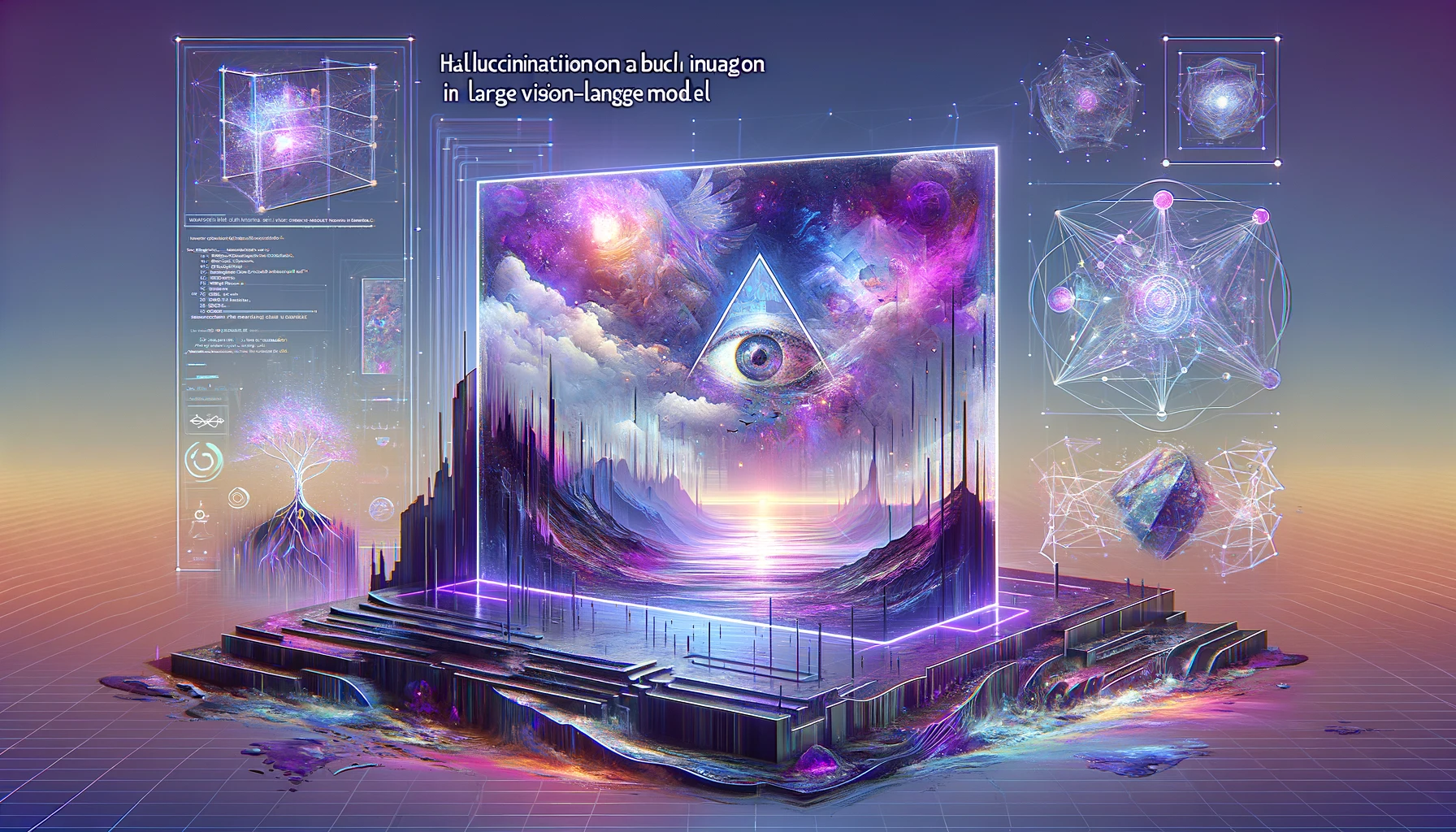Key Points
1. The paper discusses hallucination in Large Vision-Language Models (LVLMs) and its impact on practical applications, focusing on the misalignment between factual visual content and corresponding textual generation in LVLMs.
2. The authors provide a comprehensive overview of hallucination symptoms in LVLMs, such as errors in factual discernment, inaccurate description of visual content, and misalignment in object, attribute, and relationship descriptions.
3. The study evaluates the root causes of hallucinations in LVLMs, including biased training data, limitations of vision encoders, misalignment among different modalities, and insufficient context attention, among other factors.
4. Existing methods for mitigating hallucinations in LVLMs are critically reviewed, with a focus on the optimization of training data, refinement of various modules within LVLMs, and post-processing of generated outputs.
5. The paper outlines benchmarks and methodologies tailored for evaluating hallucinations in LVLMs, including approaches for assessing non-hallucinatory content generation and hallucination discrimination.
6. The causes of hallucinations are categorized into data-related issues, limitations of visual encoders, and challenges in modality alignment, and the paper proposes various mitigation strategies addressing these causes to reduce the occurrence of hallucinations.
7. The paper discusses the limitations of current LVLM training data and proposes measures for addressing issues such as data bias, annotation irrelevance, and alignment training optimization to improve the quality of training data.
8. The study also addresses the challenges posed by the limited visual resolution and fine-grained visual semantics, exploring methods such as scaling up vision resolution, perceptual enhancement, and enhancing connection modules to mitigate hallucinations.
9. The authors also highlight the need for further research in areas including supervision objectives, enriching modalities, LVLMs as agents, and delving into interpretability to advance the development of LVLMs and mitigate hallucinations effectively.
Summary
The paper provides a comprehensive survey on the concept of hallucination in Large Vision-Language Models (LVLMs), focusing on the misalignment between visual content and textual generation. It delves into the causes, manifestations, and mitigation methods for hallucinations in LVLMs. The paper also discusses the unique challenges posed by the visual modality of LVLMs and explores insights for future research in the development of more reliable and efficient LVLMs.
Analysis of Hallucinations in LVLMs
The authors systematically dissect the concept of hallucinations in LVLMs, including a variety of hallucination symptoms and the unique challenges inherent in LVLM hallucinations. They also outline the benchmarks and methodologies for evaluating hallucinations unique to LVLMs, as well as the root causes of these hallucinations, including insights from training data and model components. Moreover, the paper critically reviews existing methods for mitigating hallucinations in LVLMs, addressing both open questions and future directions pertaining to these hallucinations.
The paper highlights that hallucination symptoms in LVLMs are multifaceted, manifesting as errors in judgment and description of visual information. From a cognitive perspective, these hallucinations result in flawed factual discernment and errors in the description of visual information. From a visual semantics perspective, hallucinations may manifest in the generation of non-existent objects, incorrect attribute descriptions, and inaccurate relationships between objects.
Challenges and Mitigation Methods
The authors also discuss the challenges posed by the visual modality of LVLMs, including data-related issues and model characteristics. In addition, they provide a comprehensive overview of existing hallucination mitigation methods, focusing on the optimization of training data, refinement of various modules within LVLMs, and post-processing of generated outputs. Furthermore, they discuss the opportunities and challenges for future research in the development of LVLMs.
In summary, the paper aims to provide insights for the development of LVLMs and explores the opportunities and challenges related to LVLM hallucinations. This exploration not only helps in understanding the limitations of current LVLMs but also offers important guidance for future research and the development of more reliable and efficient LVLMs.
Reference: https://arxiv.org/abs/2402.00253
